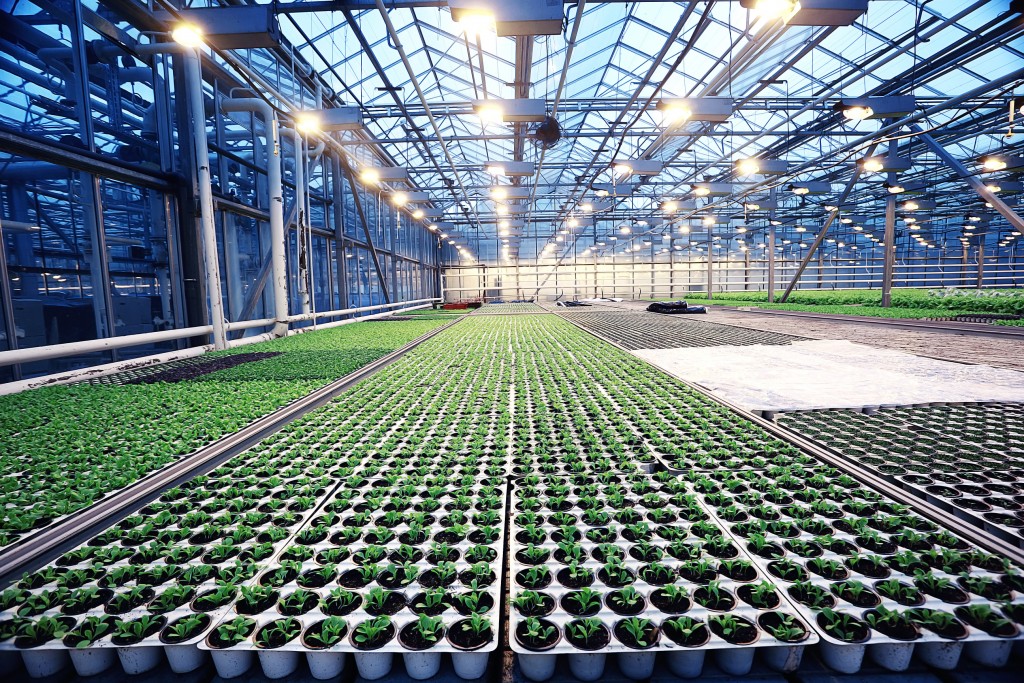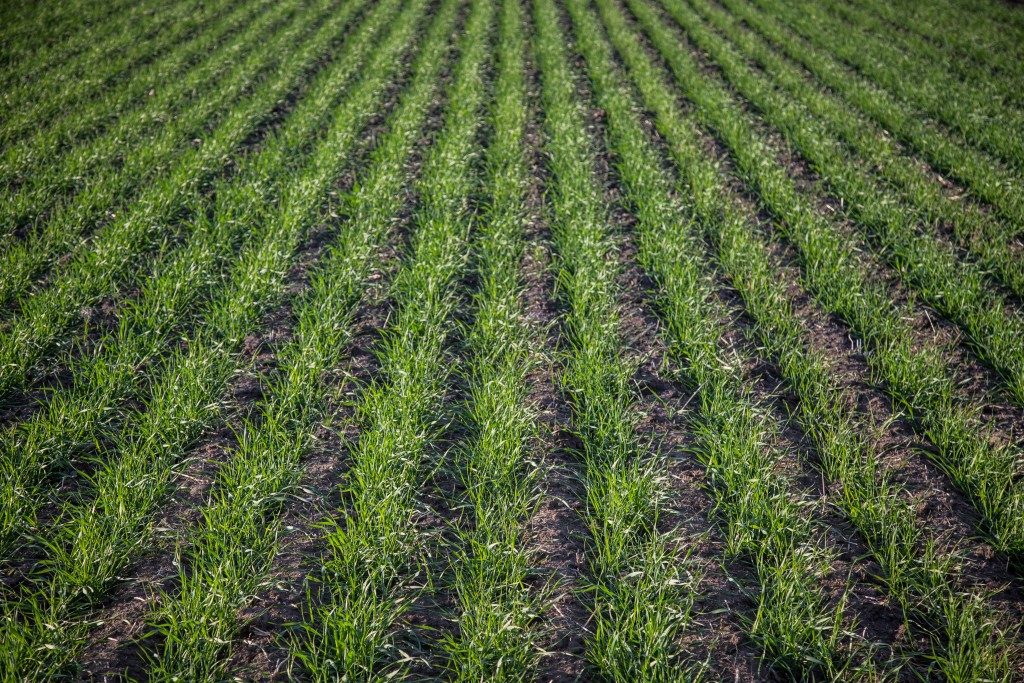In the face of an increasingly technology-driven world, many people want to quit the office to become farmers and carry out work that brings them close to nature, engages mind and body, and provides fulfillment. If you’re lucky enough to have a small area of land already, you might want to try seed farming. It’s a side activity that can be done on small plots and improves the resiliency and purity of each new batch of a specific crop.
Interested? Here are a few things you’ll need to know.
Conduct initial research
While regular farmers do need to study the market for their products, you can generally be assured that people will always want to eat. When you focus your efforts on something narrower in scope, such as seed farming, you’ll need to do more thorough research and feasibility assessment. Any local seed growers or farmers can provide advice, while in some areas, there are seed growers’ associations conducting workshops and discussions to help you get started.
Some of the areas you want to look into include demand, regulations, and land suitability. Which local companies would offer a contract for you to grow seeds, and what species or variety are they looking for? Are there any special rules or regulations you must know before getting into seed farming? Some areas may have specific requirements for compliance. And you’ll need to be certain not only that your land can support the correct varieties, but that previous land use doesn’t lead to other species contaminating your seed crop.
Procure your supplies
You’ll need to obtain a starter supply of pedigreed seed. Your local seed growers’ association can provide these in bags, along with the necessary official documentation. Land grant universities or state agricultural authorities and other institutions can also be of assistance.
A lot of the equipment you may already be using for your regular farming needs will be suitable for use in seed farming. However, there may be a need for special equipment, such as a specific type of combine or planter, to improve efficiency in harvesting or sowing. You can easily find the right construction equipment for sale online if you know the specifications needed.

Grow the seed crop
When raising your seed crop, there will be different procedures you need to follow for every variety. Be sure to observe compliance and constantly inspect the entire area. You’ll want to keep seed crops separate from all other crops you’re growing and ensure that no other varieties grow along with them. Weeding will need to be done more frequently. You may also need to put up additional protection such as netting and trellises.
The whole process will often take much longer; remember, while regular harvesting is done when the plant’s fruit (or root, shoot, or leaves) is ready for picking, the fact that you need the plant’s seeds is going to push your timeline further along its life cycle. Patience and dedication are even more important here, compared to your regular crops.
Certification
Following your local protocol, an authorized inspection must be carried out sometime prior to harvesting your seed crop. A state agency can do this or licensed third party. It ensures the purity, type pedigree, and overall quality of your seeds. Having a certification is a vital step towards bringing your product to market and landing a good contract with seed companies and distributors.
Seed farming won’t be easy work, but since it’s done over a longer time frame, it can relieve you of some of the productivity pressures of regular farming while fulfilling your need for the rewards of farm work.
Sources & Citations
https://seedgrowers.ca/seed-growers/getting-started-in-seed-production/
